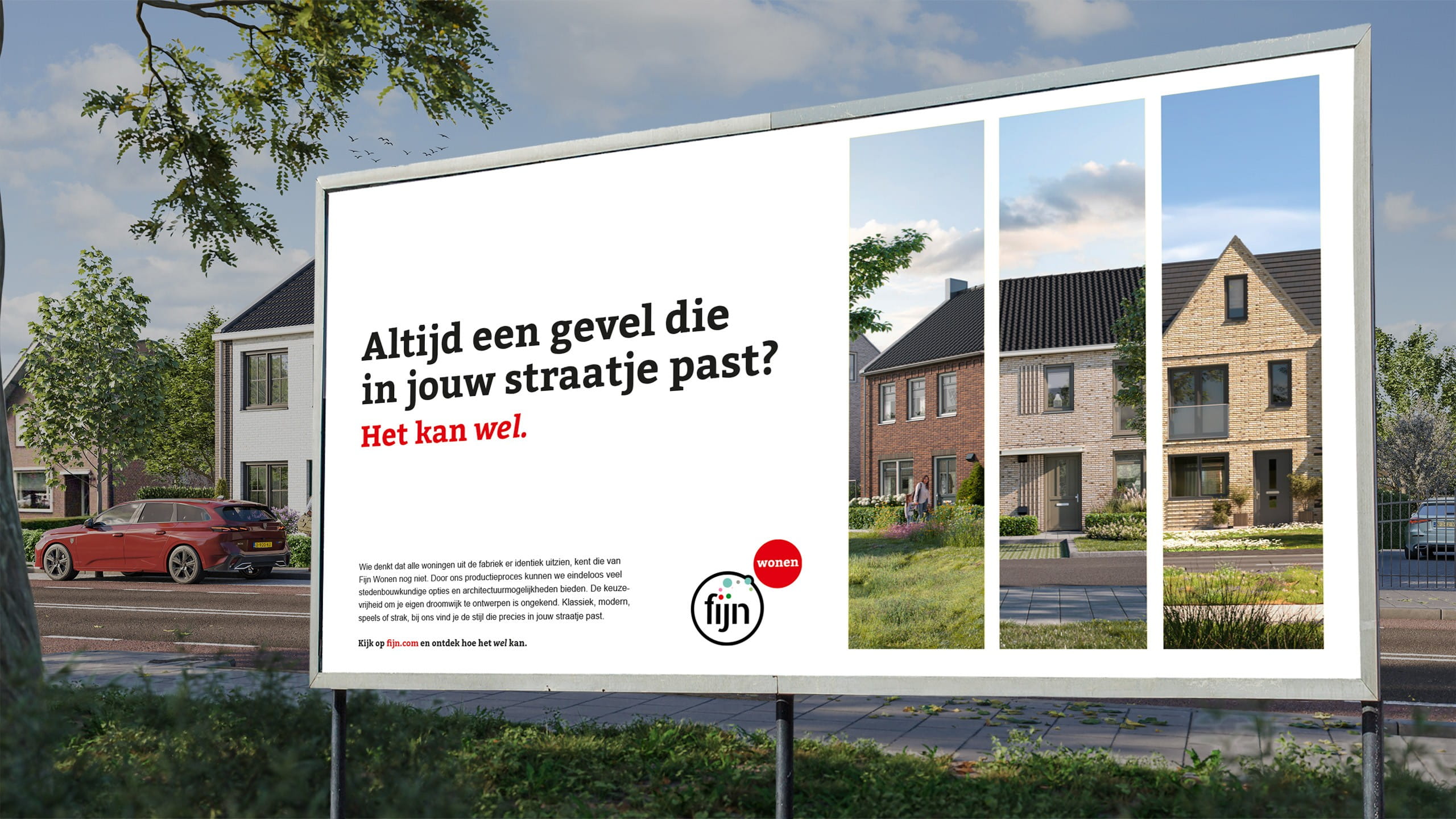Make 2025 the year your team excels with 5 marketing technology trends
This is the year you’ll take your marketing to the next level. How? By embracing the latest developments in marketing technology. The five trends in this blog will empower you to create smarter, more personalized strategies than ever before. Let me share my vision on how automation, personalization, data integration, AI, and efficient marketing technology will become the keys to your success in 2025.
1. The rise of advanced marketing automation
Marketing automation is nothing new, but in 2025, it's reaching a whole new level. Tools, like Sitecore, are becoming smarter, more intuitive, and better equipped to handle complex processes. Think AI-driven workflows that analyze customer behavior in real-time and automatically deliver the right message at the right moment.
A great example is the use of predictive analytics in automation tools. This enables you to not only predict which leads are most valuable but also identify the type of content they prefer to consume. This saves your team time and increases the likelihood of conversions — a win-win.
2. Personalization on a new level
We all know the benefits of personalization. But in 2025, it’s going to be a game-changer. Thanks to improved technologies, you’ll be able to segment not just by behavior, but also by emotion and intent. Imagine a customer receiving a personalized email — but not just any email — a tailored experience that perfectly matches their current needs.
Think of it like having a personal trainer who knows exactly which exercises and meal plans fit your goals — and more importantly — how you feel that day, even before you say a word. This level of personalization builds stronger customer loyalty and creates more meaningful interactions.
3. Data integration as the key to success
Data is the foundation of every successful marketing campaign, yet reality often paints a messy picture. Customer data is scattered across different systems: CRMs, marketing automation tools, ERP systems, and social media platforms. Bringing this data together gives you a holistic view of your customer, allowing you to create personalized and effective campaigns. In 2025, unlocking this data will be a top priority. Without well-organized data, effectively applying personalization and AI remains out of reach.
Companies that invest in data unification — like implementing Sitecore's Customer Data Platform (CDP) — see immediate benefits. With a centralized overview of all customer information, you can build campaigns that truly make an impact. This is the key to marketing that’s not only effective but also future-proof.
4. Integrating AI into marketing strategies
AI is no longer just a buzzword — in 2025, it’s the new normal, and we’ll see it being applied even more effectively. Imagine AI models that optimize campaigns based on both historical data and live performance, or chatbots that don’t just answer questions but guide customers through entire journeys.
A powerful example? Picture an AI tool integrated directly into your CMS. You provide a short briefing, and the tool generates high-quality content that perfectly matches your target audience — dynamically adjusting based on real-time user behavior. This allows you to instantly fine-tune your content strategy for maximum impact. But remember: AI is only as good as the data you feed it. That’s why data integration and AI go hand in hand. The best thing? AI is already available within Sitecore XM Cloud.
5. Working faster and smarter with efficient marketing technology
With the rise of AI, many marketing teams are focusing on efficiency — how to work faster and smarter. Beyond AI, smart marketing technology offers opportunities here too. Take our own platform, for example: uxbee’s Experience Building Engine (XBE), on top of Sitecore XM Cloud, makes a huge difference for marketing teams looking to maximize efficiency.
With XBE, you have access to an extensive component library that lets you build campaign pages in your brand’s style in no time. This means you’re no longer reliant on IT or external agencies to quickly respond to new opportunities. XBE doesn’t just help you work more efficiently — it also makes your marketing approach more flexible and innovative.
On top of that, XBE helps teams eliminate data silos and seamlessly integrate systems, reducing time spent on manual processes and freeing up space for strategy and creativity. With real-time data and AI-driven insights, marketers can respond faster to customer needs and deliver personalized experiences at scale.
The future of customer interaction
What does the future of customer interaction look like? With these trends, it’s a seamless blend of technology and human connection. Imagine a customer reporting an issue via a chatbot — within minutes, they receive a fully personalized solution, supported by a marketing campaign tailored to their situation.
The role of marketing teams is shifting more and more towards that of a director. You decide how technology and creativity come together to surprise and convince customers. Build this future step by step by experimenting with small, smart innovations that ultimately make a big impact.
Your marketing future starts here
The marketing technology trends for 2025 — from advanced automation to AI — offer endless possibilities. But remember: technology is a means to an end, not the goal itself. By taking the first steps in data unification, personalization, and AI now, you’ll lay the foundation for marketing that’s not only relevant but also future-proof. I’m happy to brainstorm with you on how you can seize these opportunities — and of course, I’d love to tell you more about our XBE platform. Let’s shape the future together!














